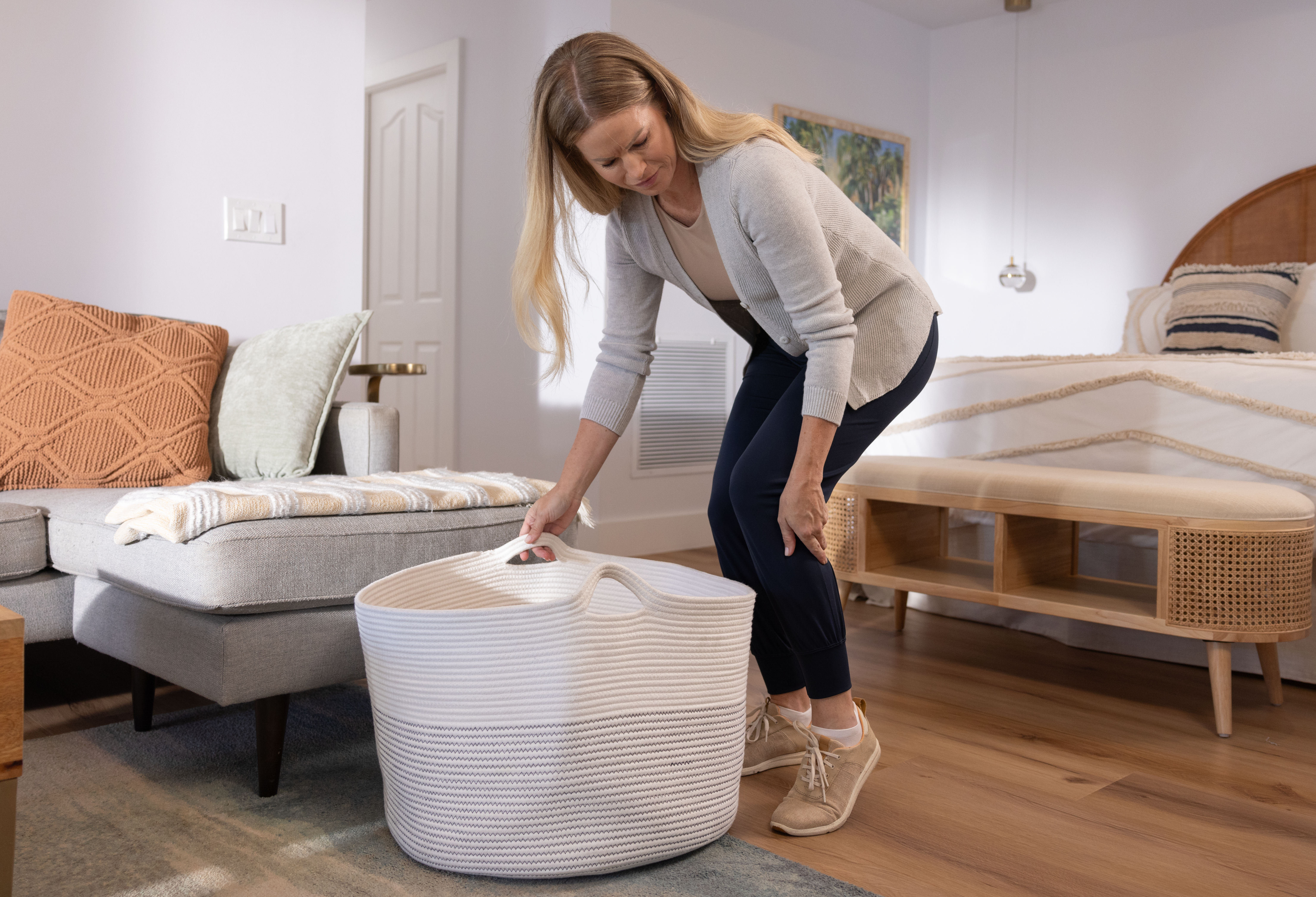
What To Do About Leg Cramps That Won’t Go Away
Leg cramps can be uncomfortable, especially when you’re an active individual. If you experience leg cramping regularly, it may feel like finding relief is a never-ending journey. Don’t worry; this guide will give you various tips to help with leg cramps.
Understanding Leg Cramps That Won’t Subside
Leg cramping that doesn’t go away could be a sign that something else is happening. Our muscles cramp for various reasons, including dehydration, electrolyte imbalance, muscle fatigue and overexertion, and poor blood circulation, among other potential causes4.
Remember that this is not an exhaustive list and there could be a multitude of reasons for your leg cramps. Still, it’s good to know about some potential reasons leg cramps could occur.
- Electrolyte Imbalance: Electrolyte imbalances may interfere with muscle function.1 This can prolong leg cramps and worsen muscle spasms. If your body lacks electrolytes like potassium, magnesium, and calcium, your muscles may be prone to cramping.
- Muscle Fatigue and Overexertion: Repeated strain on muscles due to overexertion or insufficient rest can lead to persistent leg cramps. When muscles are fatigued, they are more susceptible to cramping, especially during physical activity or after exercise5.
- Poor Blood Circulation: Reduced blood flow to the legs can occur for several reasons, some of which may be medical and some of which may be related to lifestyle6.
Ways to Address Leg Cramps That Persist
If you’re experiencing leg cramps, consider these tips:
- Replenish Electrolytes: Incorporate electrolyte-rich foods and beverages into your diet. Options like bananas, oranges, yogurt, and sports drinks can help restore electrolyte balance and reduce cramping. If you have questions about your diet, consult a nutritionist or a healthcare professional for advice.
- Stretch and Massage: Perform gentle stretching exercises to target the muscles affected by cramps. Focus on areas like the calves, hamstrings, and quadriceps. Additionally, massage the cramped muscles to relieve tension and promote relaxation. It is always advisable to first consult your doctor or physical therapist.
- Apply Heat or Cold Therapy: Alternate between applying heat and cold packs to the affected muscles. This approach can help relieve discomfort and inflammation associated with persistent leg cramps.3 Heat helps relax muscles, while cold therapy reduces swelling and numbs the area.
- Adjust Your Exercise Routine: Modify your exercise routine to avoid overexertion and minimize the risk of recurrent leg cramps. Incorporate recovery days and low-impact activities like swimming or cycling. Also, remember to get adequate rest between workouts to allow muscles to recover.
- Try Theraworx® Muscle Cramps Products: Theraworx Muscle Relief Foam, Spray, and Roll-On can be used for leg cramps to help prevent muscle cramps and spasms caused by overexertion. Theraworx provides fast-acting relief and is safe for daily use. Theraworx has no mess and no strong odor, so you can keep doing what you love.
Dealing with leg cramps can be frustrating. Find relief and get back to your normal activities with these suggestions for leg cramps and give Theraworx a try.
This content is not medical advice and should not replace your doctor’s recommendations.
Sources:
- Jung, A. P., Bishop, P. A., Al-Nawwas, A., & Dale, R. B. (2005). Influence of Hydration and Electrolyte Supplementation on Incidence and Time to Onset of Exercise-Associated Muscle Cramps. Journal of Athletic Training, 40(2), 71–75. Retrieved from https://www.ncbi.nlm.nih.gov/pmc/articles/PMC1150229/
- Mosenkis, A., & Townsend, R. R. (2005). Muscle cramps and diuretic therapy. The Journal of Clinical Hypertension, 7(2), 134–135. https://doi.org/10.1111/j.1524-6175.2005.04094.x
- Wang, Y., Lu, H., Li, S., Zhang, Y., Yan, F., Huang, Y., Chen, X., Yang, A., Han, L., & Ma, Y. (2022). Effect of cold and heat therapies on pain relief in patients with delayed onset muscle soreness: A network meta-analysis. Journal of Rehabilitation Medicine, 54, jrm00231. https://doi.org/10.2340/jrm.v53.331
- MUSC Health. (n.d.). Muscle Cramps & Spasms. Medical University of South Carolina. Retrieved from https://muschealth.org/medical-services/geriatrics-and-aging/healthy-aging/cramps-and-spasms
- Miller, K. C. (2023, October 25). Leg cramps: Causes, risk factors, and treatment. Verywell Health. Retrieved from https://www.verywellhealth.com/leg-cramps-8636869
- USA Vein Clinics. (n.d.). Poor circulation. Retrieved April 28, 2025, from https://www.usaveinclinics.com/vein-disease/poor-circulation/